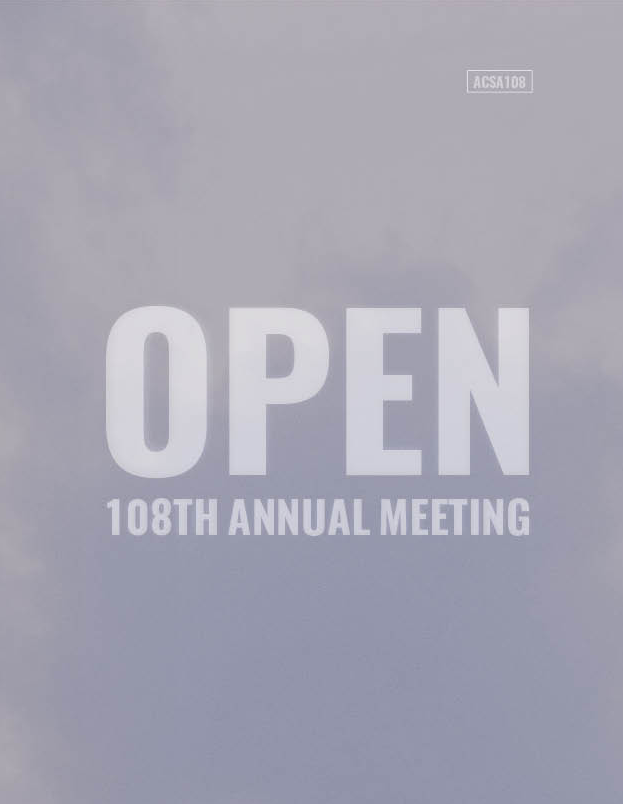Author(s): Jennifer A.E. Shields, Jill Nelson & Ellen Burke
Complex design problems rely on communicative skills that build empathy through understanding, rather than reify disciplinary tensions. While these ‘soft skills’ are critical, they are not yet a fundamental part of design education. Design studio courses in undergraduate education tend to craft simplified simulations of professional practice experiences to explore formal, organizational, conceptual, and technical design approaches. One common simplification is for each discipline to learn independently in isolated courses, without being informed by the realities of multi-disciplinary practice. ‘Communication’ in these siloed studios refers to graphic and verbal presentations that convey student ideas to peers, faculty, and perhaps practitioners, with an emphasis on disciplinary conventions and graphic skills, and the use of discipline-specific language. Yet successful communication in practice requires complex and inclusive skills beyond the products of design, and leverages both interpersonal and intrapersonal communication skills in order to advocate for disciplinary values and needs during design negotiations. This paper describes the course format and outcomes for an interdisciplinary design studio consisting of students and faculty from architecture, landscape architecture, and structural engineering. The studio took a communicative learning approach to the development of communication skills such as empathy, resilience, flexibility, and competence-based trust as integrated factors of design. Students were assigned to 7-person teams to design a campus media library and landscape. Lectures, activities, and readings scaffolded the learning of both soft skills and technical design skills in the studio. In grading the student projects, equal weight was given to evidence of the development of communicative skills and to the attainment of design goals. Outcomes were measured using several instruments, including surveys, writing assignments, and presentation prompts that focused on describing interactions between the disciplines rather than solely on design product.
https://doi.org/10.35483/ACSA.AM.108.98
Volume Editors
ISBN
978-1-944214-26-5

 Study Architecture
Study Architecture  ProPEL
ProPEL 
